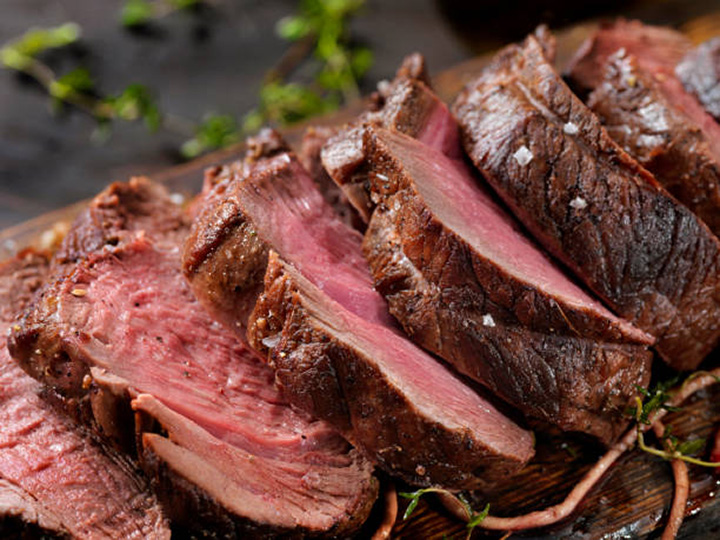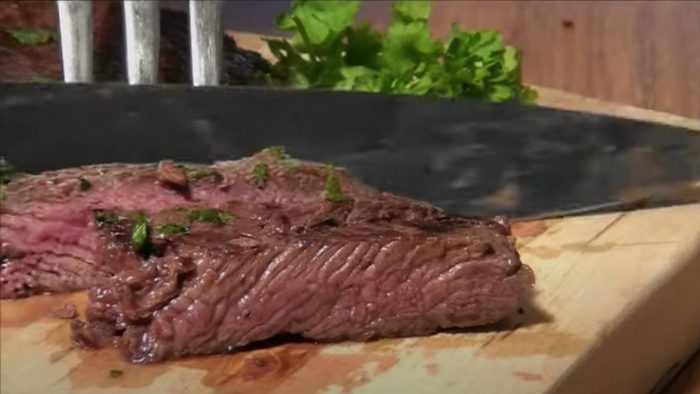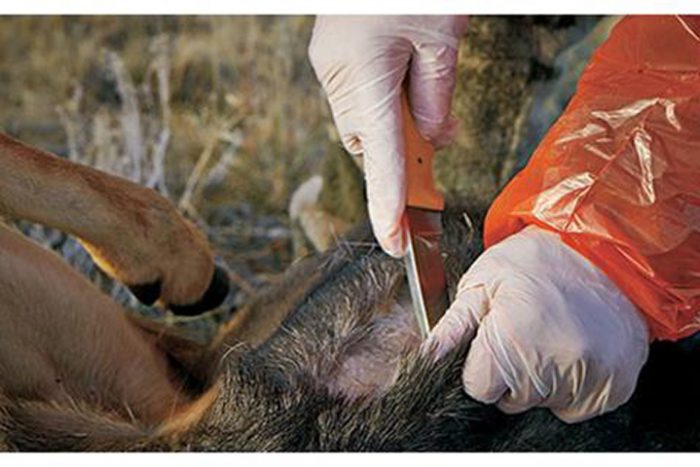Reading the Label: Reasons Why Venison is Healthy Meat
That rich red meat originating from the fields, hills, and green belts of the North American landscape conjures up great images for hunters. Among them are sunrises, deer encounters, and tracking jobs. It also brings to mind red-hot coals, cast-iron skillets, and crockpots.
If you wish to proclaim venison’s rightful place on table and plate, it’s easy.
Aside from the challenge and memory of the hunt, it’s kind of cool to know exactly where your meat comes from. It is personally sourced by way of hard work, and of course, the legal weapon of your choice. It’s gratifying to be self-sufficient, and harvesting a renewable source of nutrition is righteous. Throw in the fact that harvesting venison helps align local deer populations with the carrying capacity of the land, and you can drop the mic.
Regarding taste, venison flavor is definitely in the palette of the beholder. While it can be optimized by good field dressing and processing practices, some folks just can’t (or won’t) get past the gamy taste—nothing wrong with that, to each his own, and all that. Still, many acknowledge and appreciate venison’s unique earthy flavor.
“Venison is healthy.” How many times have you heard or read this statement? While It is true, what are the facts that back up this claim?
Anytime a non-hunter or foe of the very act of hunting inquire about venison’s health benefits, why not be prepared to list them? Nobody wants to sound like a nutritionist while describing venison or the very act of hunting. Nevertheless, knowing and passing along a few nutritional facts is a good thing. First and foremost, unlike commercial cattle, deer enjoy a free life, one free of antibiotics and artificial growth hormones. That’s a great place to start.
What are some of the other measurables in terms of nutrition? I’ve yet to encounter a deer with an ingredient list or nutritional information on his coat, so here are a few of the facts.
Vitamins and Minerals
Like beef, venison contains many beneficial vitamins, including riboflavin, thiamine, B-6, and B-12. While venison has slightly more, it’s comparable. Likewise, like beef, venison is a great source of potassium, phosphorus, iron, and zinc. This category is a draw, with venison having a slight edge.
Fat and Cholesterol
Deer have active lifestyles. If they didn’t, they wouldn’t be so fun and challenging to hunt. High physical activity means leaner meat; or less fat. Fat content gets the most attention from healthy-minded people. If you’re such a person, venison is an outstanding alternative to beef. For example, a 4-ounce serving of your favorite venison contains only 3 grams of fat, with one being saturated. You can about double that for some cuts of beef.
Protein and Carbohydrates
Like vitamins and minerals, you can consider this one a draw, especially if you’re on a low-carb diet. Both are protein-packed and have no carbs. Like beef, venison has all of the essential amino acids, which play a key role in metabolic function.
What is metabolic function or metabolism? It’s basically the biochemical process of combining nutrients with oxygen to release the energy your bodies need to function – functions such as breathing, thinking, and heart rate.
Safety
Some think eating venison is a risky business. It’s typically misguided thinking, though. As long as good processing and handling practices are adhered to from the field to the kitchen, it’s very safe. For example, timely removal of all guts and keeping the carcass cool goes a long way toward safe venison. For those concerned about the consumption of lead particles from bullets, it’s an easy fix. It can be avoided simply by thoroughly trimming around the entry and exit wounds.
Of course, some think chronic wasting disease (CWD) presents problems with deer meat from a health perspective. On the contrary, unlike mad cow disease, there have been no documented cases of CWD afflicting humans. Eating venison is not only healthy but safe.
Final Thoughts
Deer is wild game. On the other hand, beef is raised and nurtured by human hands. That’s a pretty big difference. Nonetheless, there are plenty of similarities as well (many of them good). However, from a nutritional standpoint, not so much. Indeed, venison is better in this way. This means if you so choose, you can wrap it in bacon or fry it in batter – you have nutritional room to spare.
While knowledge and timely sharing of nutritional facts about venison may not make you fun at parties, it, at a minimum, further justifies consumption of the meat you harvest – not that you need to. Additionally, these very nutritional facts might just be the tie-breaker that turns around even the most ardent venison or hunting cynic. Oh, and don’t forget, it will make you sound smart too.




